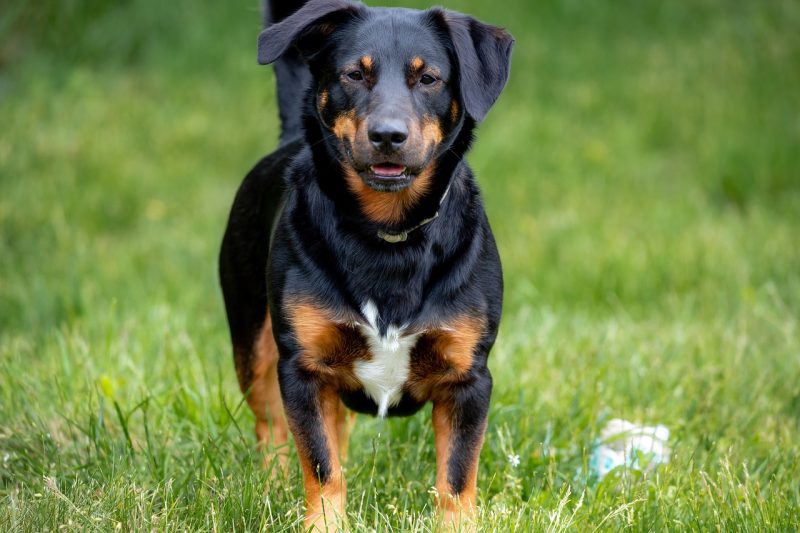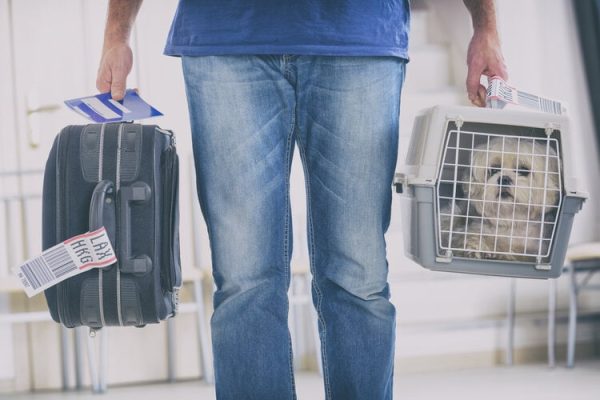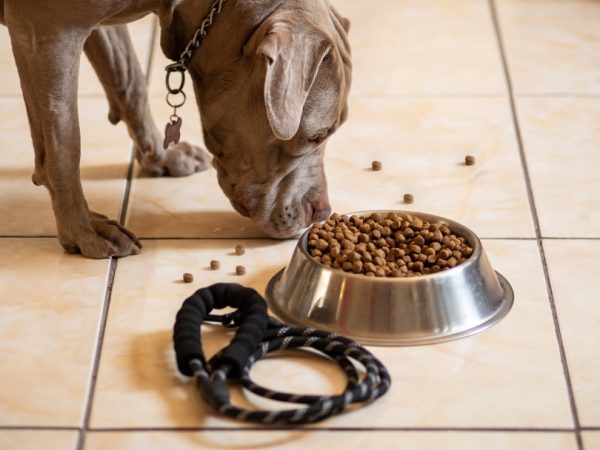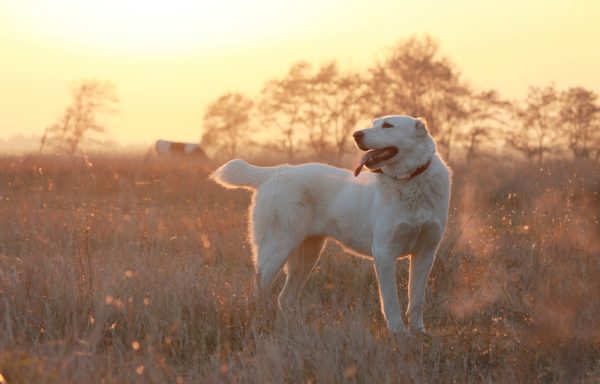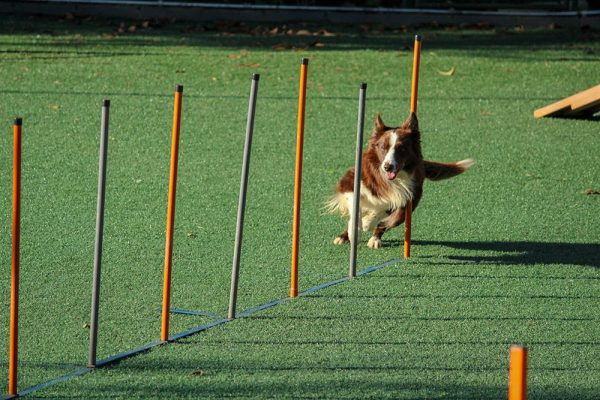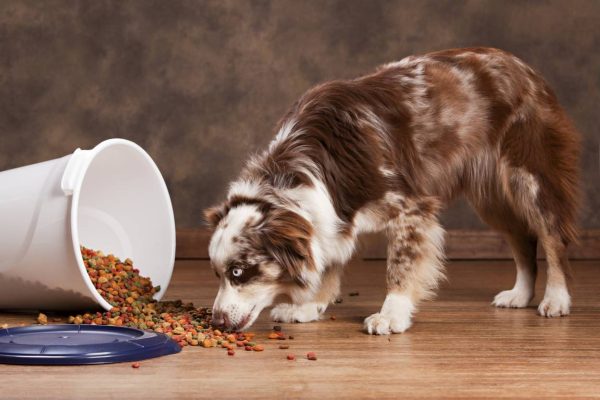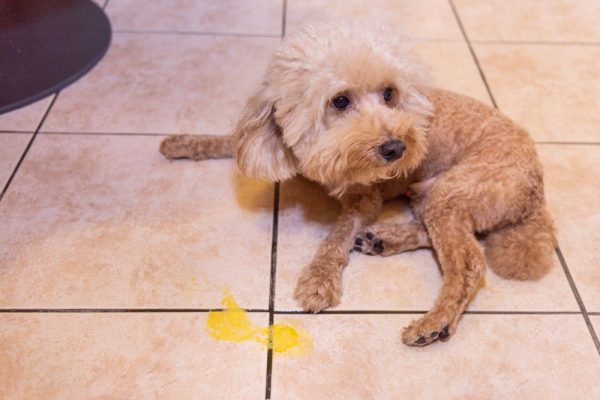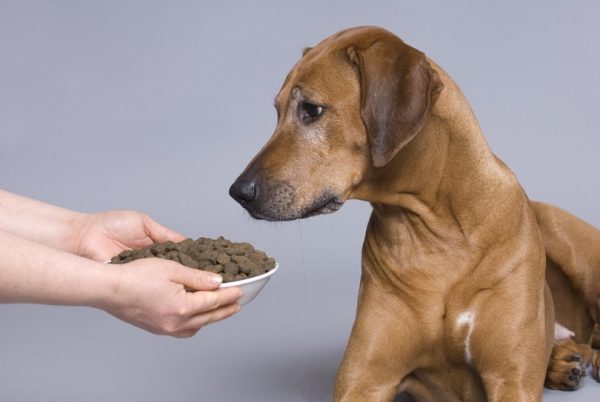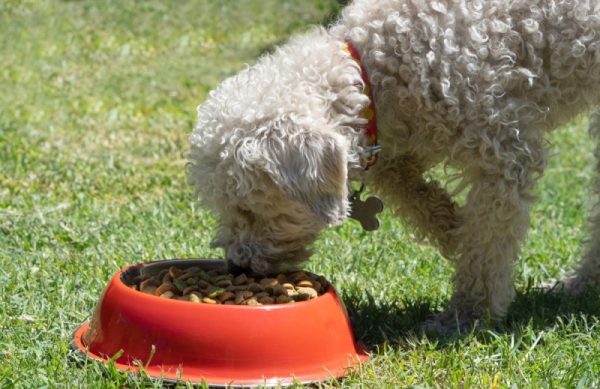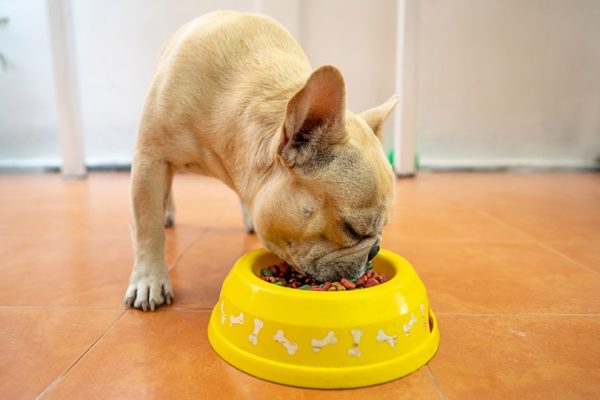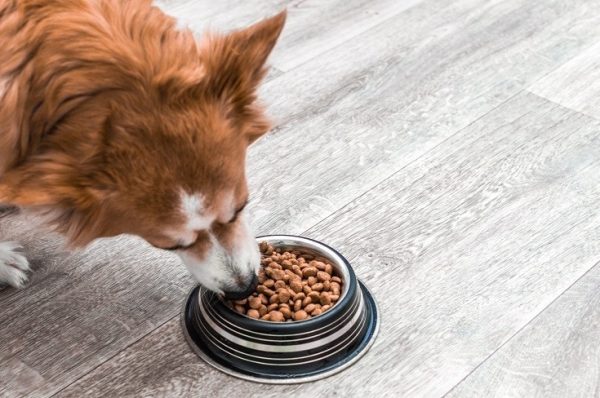Rehydrating dog food can be a really beneficial habit. It sounds like the perfect thing—you spice up your dog’s food bowl while providing extra moisture in the diet. Plus, it helps dogs who may have issues with chewing or appetite.
But there are downfalls, too. It can be a breeding ground for bacteria and other potential problems. We will dig into the positives and negatives of putting water in dry kibble. Plus, we have some alternatives that may interest you.

The 3 Pros of Adding Water to Kibble
There are a couple benefits of adding water to dry kibble.
1. Wet Kibble Can Hydrate Your Pooch
If you add water to your dog’s dry kibble, you can expect to give a boost of hydration. This will help them increase their water intake, especially if they don’t drink enough on their own. You can put this in as a little friendly measure to ensure they’re getting the right amount of moisture in their daily diet.
2. Wet Kibble Can Enhance Appetite
The added water can boost the smells and flavors of the dry kibble. If you have a dog that seems disinterested in their meals due to illness, general lack of appetite, or other reasons, this might make your uninterested dog suddenly pop up with excitement when they sniff their food bowl.
3. Wet Kibble Is Easier for Dogs to Chew
Wet kibble is so much easier to chew! If you have a dog with dental issues or a senior that doesn’t eat as well as they used to, adding water to the kibble can make it softer and easier to chew.
So whether your dog has a dental issue or lack of strength, adding a little bit of moisture to their kibble can help them out tremendously.
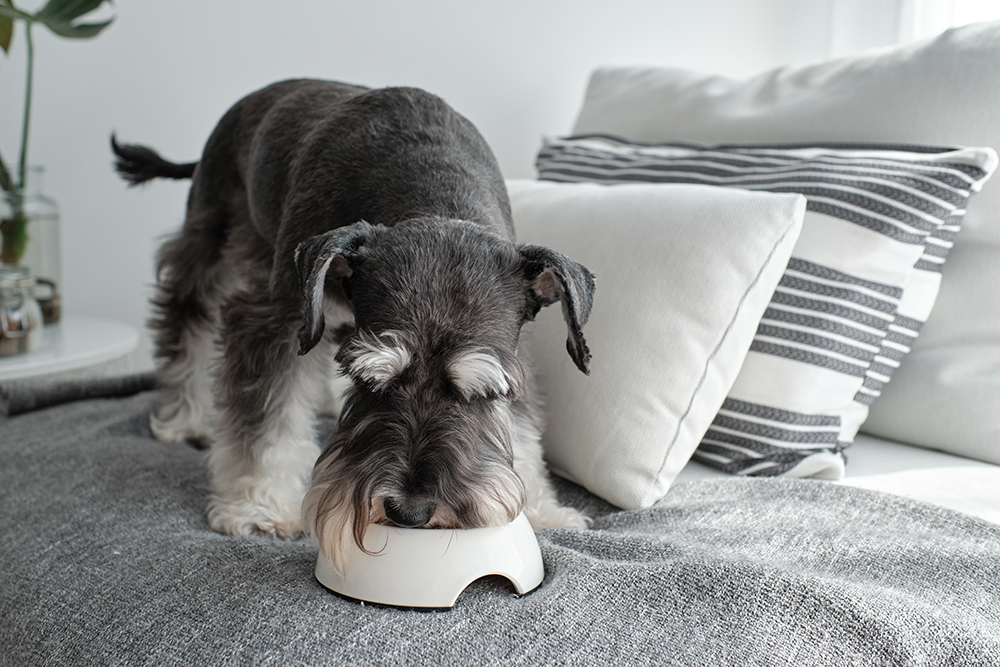

The 3 Cons of Adding Water to Kibble
If you’re going to add water to dry kibble, it is important for you to know the downfalls of this practice as well. Below is our list of three cons we think you should be aware of.
1. Wet Kibble Can Carry Bacteria
Adding moisture to dry kibble creates a more ideal environment for bacteria. If you leave wet kibble sitting in a bowl, it’s going to develop bacteria eventually. So if you’re used to giving your dog their food and walking away without any other thought, you might need to pay a little more attention.
If you have a dog who likes to graze their food, they might come and go from the food bowl, taking what they want and leaving the rest. If they do that, the leftovers can develop bacteria that may potentially make them sick when they eat it at a later time. Studies have shown that dogs fed water-softened kibble had a higher rate of pathogenic bacteria in their feces than those eating dry kibble.1
2. Wet Kibble Can Be Messy
One of the most obvious things about adding water to wet kibble is that it can be a downright mess! This is especially true if you have any longer-haired breeds with a beard, like a Schnauzer. They can easily get it in there and carry off the particles to other areas.
If you have a voracious eater, they might slosh it all around, leaving splatters of it all around the food bowl as well. Then, you’re left to wipe it off of your floors, cabinets, and whatever other surfaces it touches. If you feed your dog anywhere near carpet, it could be problematic as well.
Once you saturate dry kibble, it can really stick on surfaces once it dries. If you turn it into a mush, and it loses moisture, it may cake to the sides of your dog’s food bowl. While this might not seem super problematic, it can be a breeding ground for bacteria and make things really hard to clean.
3. Wet Kibble Can Worsen Dental Health
Softer kibble may not do as well at manually cleaning tartar and plaque as hard kibble. While the success of this is up for debate, we do know that the manual action of chewing a hard piece of food can help naturally clean the teeth, while eating a soft mush will not.
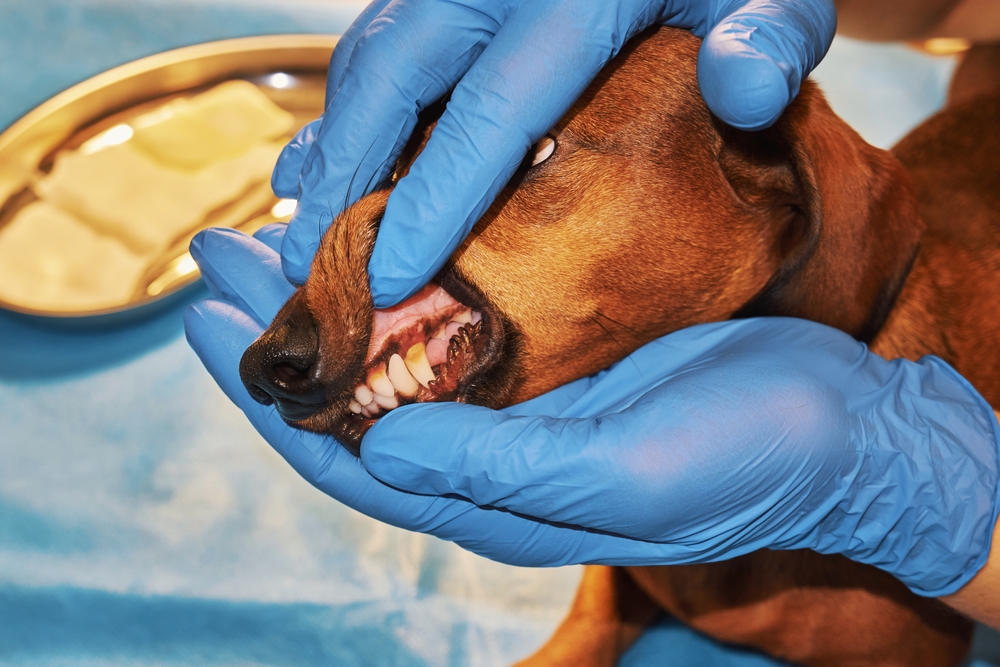

Alternatives to Soften Kibble
Softening your dog’s dry kibble with water is not the only thing you can do to promote a more palatable eating experience. If you aren’t a big fan of the idea of adding plain old water, here are some alternatives that can add nutritional benefits and ease of chewing.
Wet Food
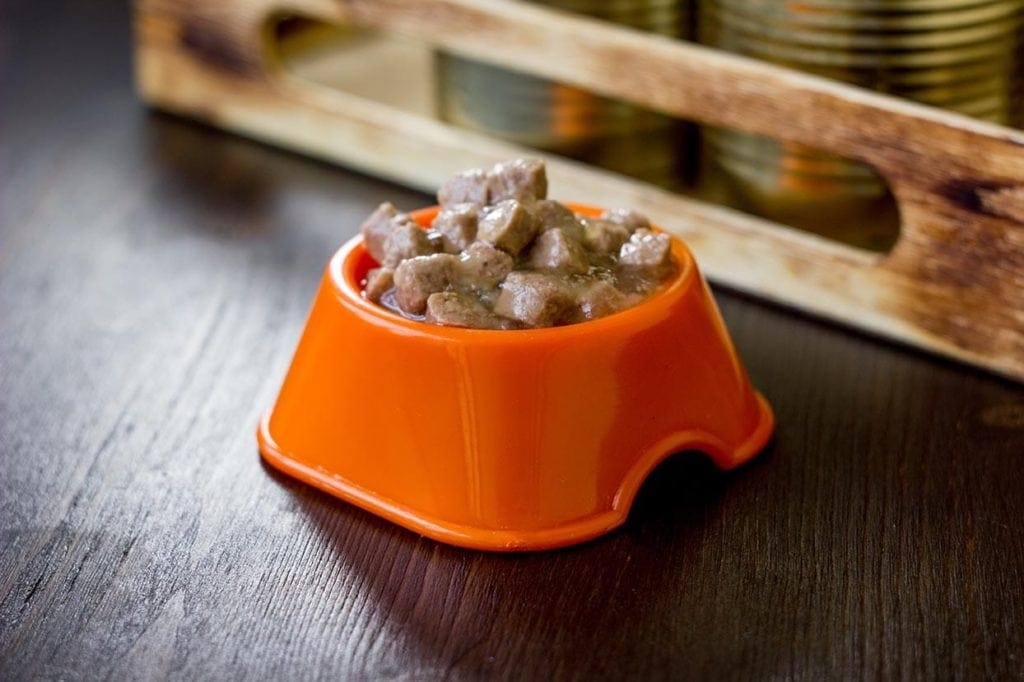
If you feed a combination of dry kibble and wet food, it can add flavor, aroma, and hydration to your dog’s plain old dry kibble bowl. You can find tons of formulations that provide nutritional benefits, and many of them are specialized to meet certain needs.
Anytime you plan on changing your dog’s food, it is important to discuss it with your veterinarian to gauge their professional opinion. At the end of the day, it’s still completely up to you what type of dog food you serve to your pooch.
If you need to speak with a vet but can't get to one, head over to PangoVet. It's an online service where you can talk to a vet online and get the personalized advice you need for your pet — all at an affordable price!

Bone Broth
Bone broth is a very good way to hydrate plain dry kibble while giving a boost of nutrition. Broth contains lots of valuable nutrients that your dog can really benefit from. Some of these nutrients help to detoxify the liver, boost the immune system, support joints, hair and skin, and improve digestion.
On top of all of these fantastic and valuable benefits, bone broth also provides an extra layer of hydration for your dog.
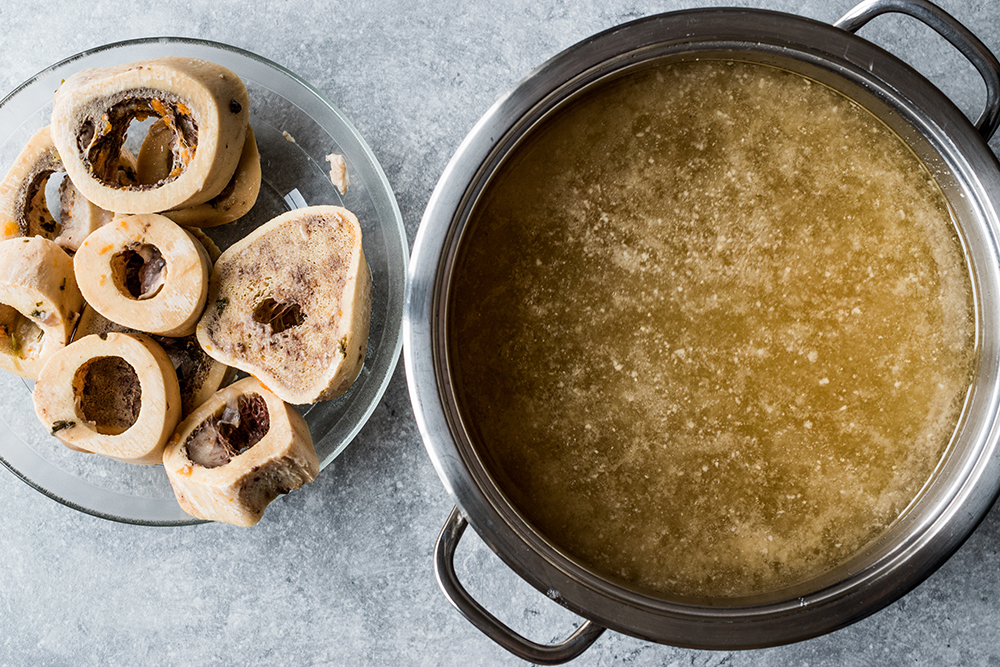

Conclusion
Now that you’re aware of the pros and cons, you can do whatever feels best for your pup. If you take a few extra cleaning precautions, adding water to kibble can be beneficial. However, you must be diligent about cleanup.
Remember, there are a few alternatives to adding plain water to dry kibble. Perhaps you’d like to try one of the other options that we gave you to see if it enhances your dog’s overall health.
Featured Image Credit: Jaromir Chalabala, Shutterstock


